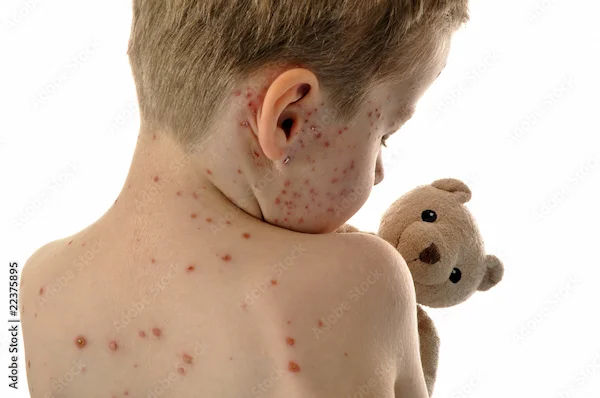Types of Black Birthmarks Explained
know the types of black birthmarks. Learn about the prevention and care tips for better results on handling black birthmarks.


Introduction
Birthmarks are common skin markings that appear at birth or shortly afterward. While most birthmarks are harmless, some can be a cause for concern, especially if they change in size, shape, or color. Black birthmarks, in particular, can be confusing and sometimes worrisome. In this article, we’ll explain the different types of black birthmarks, their causes, and when you should seek medical advice.
What Are Black Birthmarks?
Black birthmarks are pigmented skin lesions that appear dark brown to black in color. They occur due to an overgrowth of pigment-producing cells (melanocytes) or blood vessels in the skin. While most are harmless, some may require monitoring or medical attention.
Health topic carousel:
Doctor's speciality: general practitioner
Text: Consult a top general practitioner for the best advice
Types of Black Birthmarks
These include:
1. Congenital Melanocytic Nevus (CMN)
A congenital melanocytic nevus is a dark, often hairy mole present at birth. These birthmarks vary in size, from small to very large (giant nevi).
Appearance: Dark brown to black, sometimes raised or bumpy.
Causes: Caused by an overgrowth of melanocytes in the skin.
Concerns: Larger nevi (especially giant ones) have a slightly higher risk of developing into skin cancer (melanoma) later in life.
What to Do:
Monitor for changes in size, shape, or color.
Protect from sun exposure to reduce risks.
Consult a dermatologist if the mole grows rapidly or bleeds.
2. Café-au-Lait Spots
Though usually light brown, some café-au-lait spots can appear darker. These flat, oval-shaped marks are common in infants.
Appearance: Light to dark brown, smooth, and flat.
Causes: Due to excess melanin production.
Concerns: Multiple spots may indicate genetic conditions like neurofibromatosis.
What to Do:
If multiple spots appear, consult a doctor for further evaluation.
3. Mongolian Spots
Common in newborns, Mongolian spots are bluish-black patches often found on the lower back or buttocks.
Appearance: Blue-gray or black, flat, and irregular.
Causes: Caused by trapped melanocytes in deeper skin layers.
Concerns: Harmless and usually fade by age 5.
What to Do:
No treatment needed; they disappear over time.
4. Hori’s Nevus (Acquired Bilateral Nevus of Ota-like Macules)
This condition appears as dark spots on the cheeks, forehead, or temples, usually in adults.
Appearance: Bluish-black or gray patches.
Causes: Due to sun exposure or hormonal changes.
Concerns: Mostly cosmetic; no health risks.
What to Do:
Sun protection and laser treatments can help reduce appearance.
5. Becker’s Nevus
A Becker’s nevus is a dark, hairy patch that usually appears in adolescence.
Appearance: Brown to black, sometimes with increased hair growth.
Causes: Exact cause unknown, possibly hormonal.
Concerns: Benign but may be mistaken for melanoma.
What to Do:
Monitor for changes; laser therapy can lighten the mark if desired.
When to See a Doctor?
While most black birthmarks are harmless, you should consult a dermatologist if you notice:
Sudden growth or change in shape/color.
Bleeding, itching, or pain.
Irregular borders or uneven coloring.
Prevention & Care Tips
Sun Protection: Use sunscreen (SPF 30+) to prevent darkening.
Avoid Picking or Scratching: This can lead to infections.
Regular Skin Checks: Monitor for any changes.
Need Expert Advice?
If you or your child has a black birthmark that concerns you, consult a dermatologist for a proper evaluation. You can easily book an appointment with Apollo24|7 for expert guidance and peace of mind.
Final Thoughts
Black birthmarks are usually harmless, but it’s always good to stay informed and monitor them. If you notice any unusual changes, don’t hesitate to seek medical advice. Your skin’s health matters.
Health topic carousel:
Doctor's speciality: general practitioner
Text: Consult a top general practitioner for the best advice




